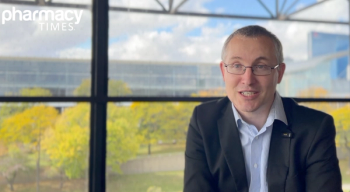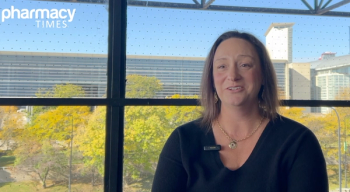
Researchers Identify Potential Inexpensive Oral Treatment for Certain Anemias
Fatigue-inducing anemias caused by chronic diseases and inflammation may be treatable with a combination of inexpensive oral medications, according to a study published in Nature Communications.
Fatigue-inducing anemias caused by chronic diseases and inflammation may be treatable with a combination of inexpensive oral medications, according to a study published in Nature Communications. The second most common type of anemia, it can act as an added burden for organ-transplant recipients and people with autoimmune disorders, as well as patients battling conditions such as cancer or kidney disease.
Anemia of chronic disease and inflammation is triggered by restricted iron delivery to the bone marrow cells that make red blood cells and can result in severe fatigue, headaches, dizziness, rapid heartbeat, and sweating.
“Not only do these anemias cause unpleasant symptoms, but they are also associated with functional impairment and shorter lifespan,” said Adam Goldfarb, MD, chief of UVA Health's Division of Experimental Pathology, in a press release. “Drawbacks of current therapies include their expense, tendency to lose of effectiveness and risk for serious side effects. This new therapeutic approach has potential to provide a low-cost, highly effective, safe alternative. A further benefit would be its easy applicability to resource-limited areas around the world.”
The investigators found that the inadequate availability of iron in patients with anemia disrupts the Golgi apparatus inside our cells, which is responsible for packaging proteins and lipids vital to cells' healthy operations. By understanding the source of these cellular defects, the team could tailor a targeted approach to reverse the problem in mouse models of anemia. A combination of isocitrate and fumarate allowed ferritin recovery and microtubule regrowth, enabling long-term correction of anemia caused by inflammation.
The study suggests an inexpensive oral medication may also be effective for human patients, according to the authors. Pilot studies in patients with anemia associated with kidney disease are currently being planned.
“The need for new anemia therapies is highlighted by the abundance of new agents currently in early clinical trials,” Goldfarb said in the release. “In defining a novel basic cellular response, our work has opened the door to a safe and simple therapy with unique potential for globally accessibility.”
REFERENCE
Anemia discovery points to more effective treatment approaches [news release]. EurekAlert; April 27, 2021. Accessed April 29, 2021.
Newsletter
Stay informed on drug updates, treatment guidelines, and pharmacy practice trends—subscribe to Pharmacy Times for weekly clinical insights.





















































































































































































































